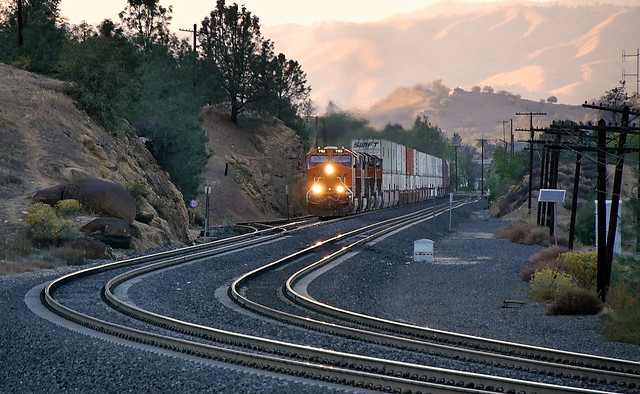https://www.bbc.co.uk/news/video_an...4475/train-derailment-sends-70-cars-off-track
Isn't there a freight derailment daily over there, or is it weekly? Good job this one was only carrying sand too.
A strange description of about 20 cars concertina'd and the rest still on the rails.Drone footage shows a Florida-bound train with dozens of cars hanging off the rails in Missouri. There were no injuries reported.
Isn't there a freight derailment daily over there, or is it weekly? Good job this one was only carrying sand too.

 Woodford Head to Head
Woodford Head to Head The Sweep of the Rails
The Sweep of the Rails